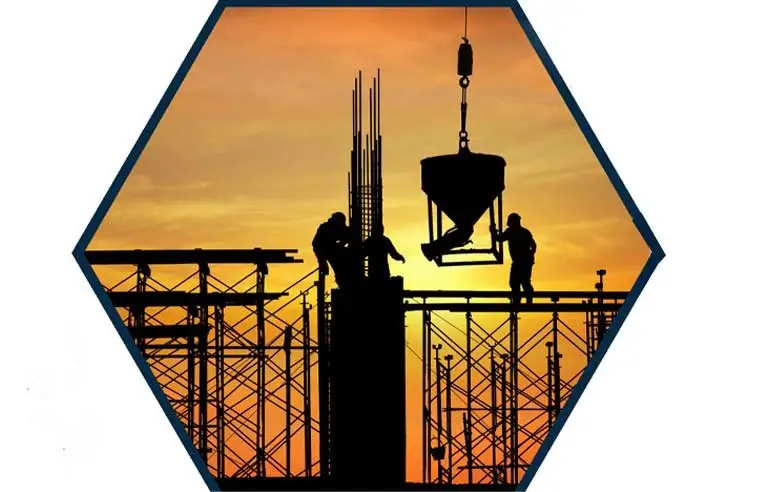
Photo: Equal Employment Opportunity Commission
Washington — Preventing harassment in the construction industry is the focus of a new guidance document from the Equal Employment Opportunity Commission.
“While workplace harassment is an issue in all sectors and industries, it is prevalent on many construction jobsites, and some of the most egregious incidents of harassment investigated by the EEOC have arisen in the construction industry,” the agency says in the document. It adds that harassment is a workplace safety issue because of the high-risk nature of construction sites.
The document identifies risk factors related to the nature of the industry that may increase the likelihood of harassment, including workforces that are predominantly male, workplaces that are decentralized, pressure to conform to traditional stereotypes and the potential presence of multiple employers on a jobsite.
Suggested best practices:
- Project owners and general contractors should prioritize and emphasize collaboration to prevent and correct harassment.
- Anti-harassment measures should be included in contract bids.
- General contractors should coordinate harassment prevention across worksites and help resolve difficult issues.
- Employers should evaluate policies and seek feedback from employees to ensure they’re clear and comprehensive.
- Post anti-harassment policies in consistent and easy-to-find places and communicate them regularly.
- Have an accessible and effective “no wrong door” complaint system.
- Plan regular, interactive and comprehensive anti-harassment training for workers, as well as additional training for those with legal responsibilities.
The guide is a key piece of EEOC’s Strategic Enforcement Plan for FY 2024-2028, which includes a goal to “address systemic harassment” in the industry.
McCraren Compliance offers many opportunities in safety training to help circumvent accidents. Please take a moment to visit our calendar of classes to see what we can do to help your safety measures from training to consulting.
Original article published by Safety+Health an NSC publication


